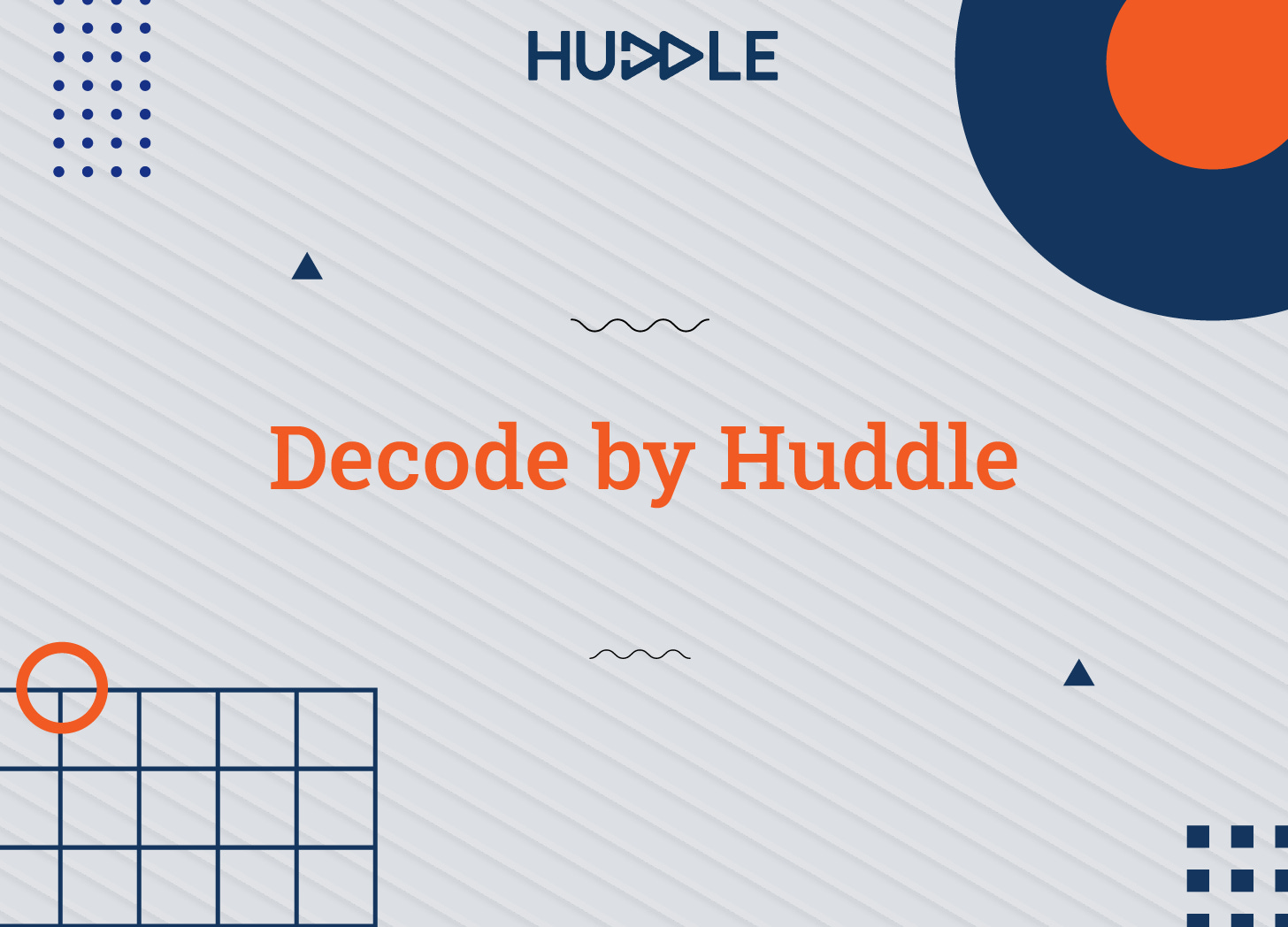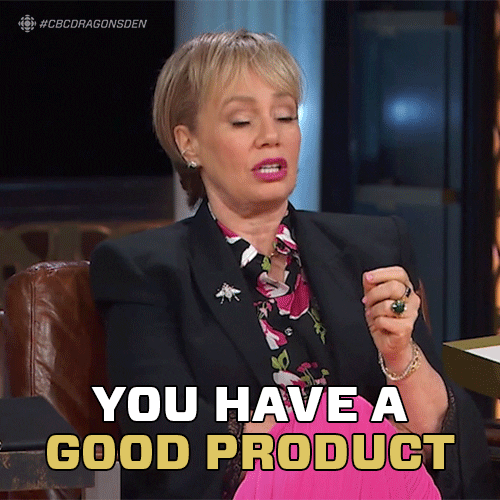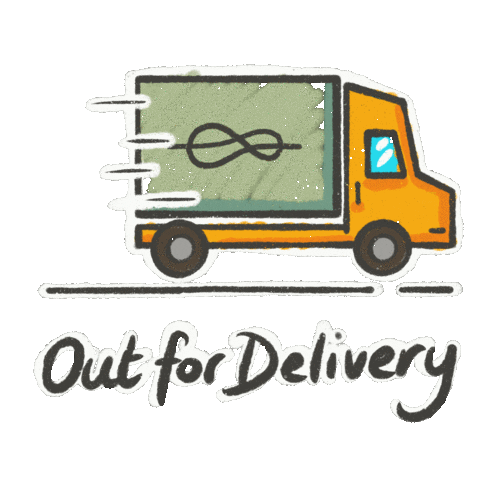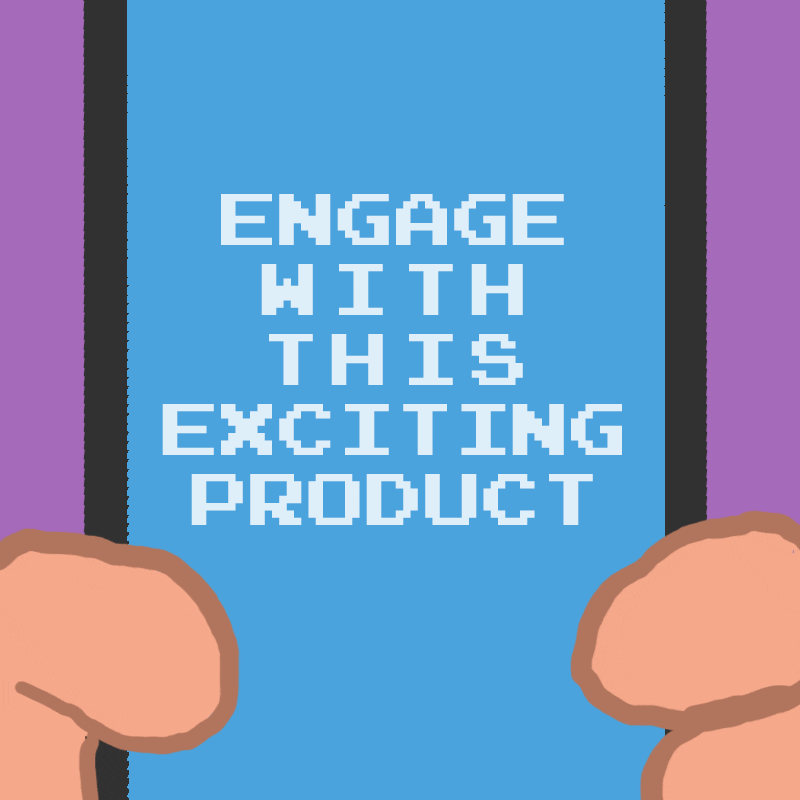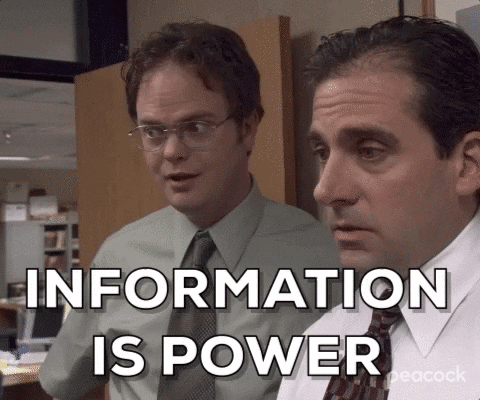Circling back to D2C again!
founder's version
For our second session of ‘rapid-fire questions’, we’ll be speaking with Rajat Jadhav, founder of Boldcare (D2C brand focused on men’s sexual wellness, haircare, and health performance), Matt Chitharanjan, founder of Blue Tokai (India’s largest specialty coffee brand) to address questions focusing on the D2C market from their experience, Parul Sharma, founder of Gladful (D2C-first consumer brand focused on solving for protein deficiency for kids and families) and Aanan Khurma, founder of Wellversed (Digital distributor and house of brands for wellness first brands)
Retention, Increase in Consumers, Positive Unit Economics - quick hacks that have worked to effectively achieve the above?
Rajat:
Retention: Being obsessed with customer experience is the only way to truly improve retention from customer support to delivery timelines. Having a direct touch point with your customer always helps. Bots are great for efficiency but Indian users generally see through it, and they appreciate human interaction a lot.
Increase in consumers: Have a great product that truly works. This helps in building up positive reviews, which in turn gets organic sales going.
Positive unit economics: Find where your consumers are, how they behave, and where they spend their leisure time. Be at the right place at the right time with the right message.
Aanan:
Our brand-building funnel works on building a community of repeat users before we scale performance marketing spending. A brand is built on customer love and repeat rates, as an accelerator operator of close to 100 brands we believe we have championed the methodology to optimize CAC.
Parul:
Occasion: Making the product or brand relevant to a particular ‘regular’ occasion in the TG’s life. In our product’s case, it is the school tiffin box
Relevance with the community: Focussing on a community pain point to come into the consideration set: In our case, it's a struggle for mothers to think of healthy yet tasty options on a continuous basis. Hence, an array of variants increase our chances of repeat purchase and also gets word of mouth in the community which reduces CAC
Distribution: Increasing online distribution has immensely helped us bring down the blended ROAS. As a food brand, it's important to be where the consumer is and marketplaces have a huge role to play there.
Sampling packs: A question we asked ourselves “We are a new brand, why would anyone trust us. Hence for a limited time, we did paid sampling. Selling smaller units of our products at a very low profit. This made many more people consider us and widened the top of the funnel for us. Now we use WhatsApp to reach out to the same audience, therefore reducing CAC in the long run.
D2C brands you look up to and have studied while building your own brand? Specific areas about them which have been pivotal in your learning curve.
Rajat:
BoAT - Going against the traditional advice and scaling up the brand where the users most want them (in their case - marketplaces before D2C website).
Aanan:
We typically like to study the strategy of incumbent brand companies like HUL, Nestle, Mondelez, Marico, Emami, and the likes. A lot of veterans from these companies are part of our strategy team and the fundamentals of strong brand building are timeless. We gravitate towards building single SKU brands with high repeat rates like incumbent companies.
Parul:
Mamaearth: I looked at their approach of using influencers early on in their journey
The whole truth foods: for the kind of content they were building
Mid-Day squares (Canada): for their chutzpah
Three Wishes Cereal (US): for their product focus
How can D2C brands cost-effectively attract customers?
Rajat:
Only thing that works is finding a niche that isn’t overcrowded and coming out with a unique solution. Once this is done, the next steps are perfecting your marketing and logistics engines.
Aanan:
Build repeat rates. Lifetime repeats need to be more than 60%.
Parul:
Whatsapp: is a great way to get consumers to engage if you have a large portfolio
Cred: This is a great way to sample if you have a small portfolio
Matt:
Given how much CACs have increased in the past year, I would recommend focusing on retention rather than acquisition. Given how divided people’s attention is, it is also important to figure out what channels your customers like to engage with and have a robust engagement strategy for each of those channels.
Tips and tricks in building brand loyalty?
Rajat:
Be at it constantly. No matter the pivots, the core message of being customer first always should never change.
Parul:
Credible Founder stories: Always helps (video or email)
Consumer connect: the oldest but the best way. I speak to 20 consumers per week even now and make sure my team connects with every website consumer
Feedback loop: We use Junip post product purchase for feedback via email and Whatsapp threads via message. Dissatisfied customers are called back and heard which builds connect and loyalty
Matt:
Overinvest in customer service and build a culture that is customer obsessed. I feel this is a relatively easy way to build loyalty, no matter what the product is. Customer service directly reports to me, and I make sure that I reply to a few tickets every week so that the team knows that this is something that is integral to our brand and helps keep an additional pulse on customer feedback.
How can D2C companies enter offline channels and navigate through various distribution channels?
Rajat:
Start small, do small experiments to see how the economics work out, what you have to do to make the retailer happy, etc.
Find the right partners who understand your brand and products and are ready to put the time in to give you an understanding of how offline works in your category.
Aanan:
Offline is a game of surgical strike. SKUs that have a lifetime repeat rate of more than 60% and more than 50 lacs per month of digital sales should be scaled offline in specific geographies.
Matt:
I would recommend starting cautiously as between listing fees, marketing spends, long payment cycles and RTVs offline is a channel where money can get stuck very easily. Data is key and it’s difficult to get vendors to share information in a timely manner so negotiate data sharing as part of the onboarding process and put in place a secondary system that is either people or software-based to have an additional check on how you are performing in the channel.
How can D2C companies enter offline channels and navigate through various distribution channels?
Rajat:
Challenges – it’s very category-specific, and hard to give a general statement.
The trend towards new age brands isn’t going to die but how you acquire consumers will change. What works prior, maybe something like influencer marketing, might not necessarily work in the future but the general trajectory of the industry is not at all changing.
Aanan:
India is a shallow market for consumer brands. VC-style capital is not suitable in terms of expectations for such markets.
Matt:
Apart from a few industries like cosmetics, I don’t think there is enough depth in the market for most brands to reach a significant scale as pure play D2C, and all brands that scale will eventually move to omnichannel.
That’s all for today! We’d like to appreciate our portfolio founder’s Rajat, Aanan, Matt, and Parul for taking out time from their extremely busy schedules to add valuable insights to our subscribers.

Rajat Jadhav (Founder, Boldcare) 
Aanan Khurma (Co-Founder & CEO, Wellversed) 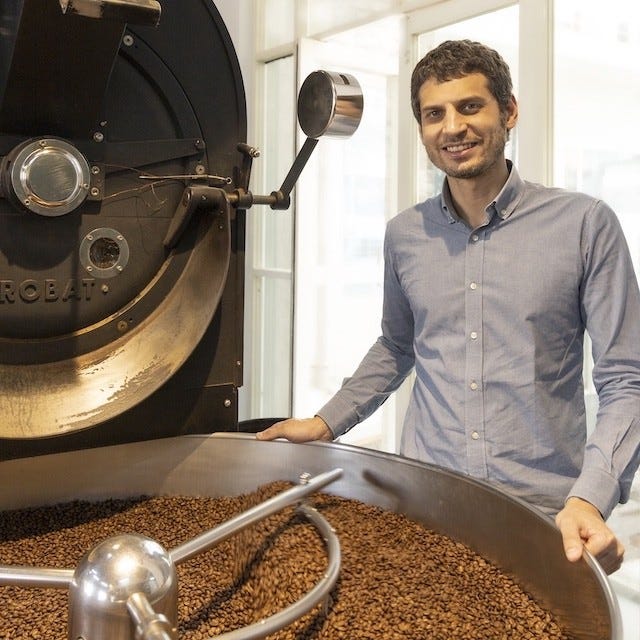
Matt Chitharanjan (Co-Founder & CEO, Blue Tokai) 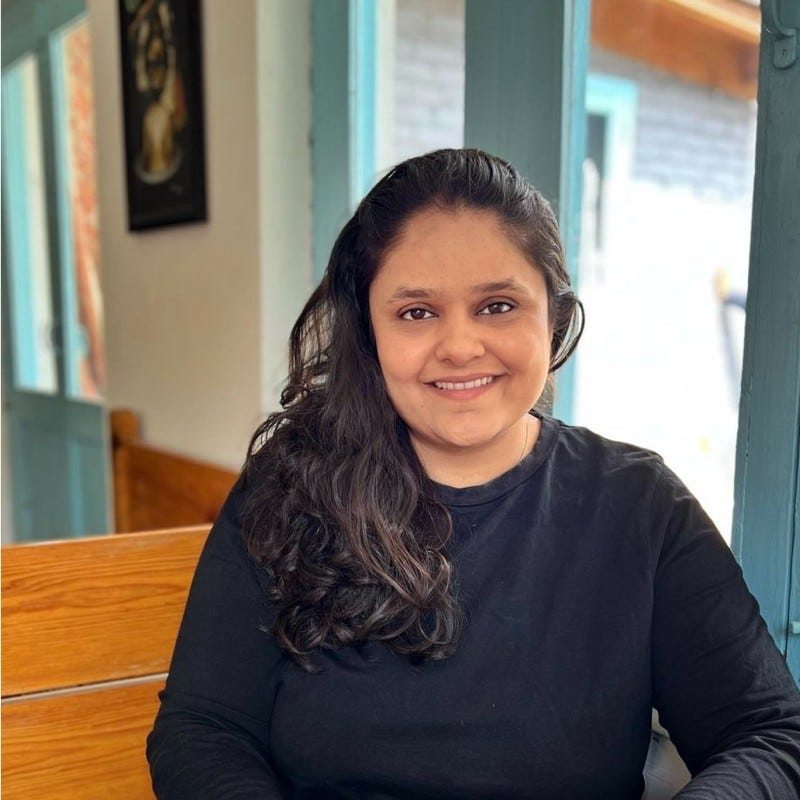
Parul Sharma (Co-Founder, Gladful) That's all for today! This space is for founders in the sectors and solutions we are bullish about, therefore, a call out if you are a founder building in the D2C space, you can reach us at connect@huddle.work and we look forward to brainstorming with you. If you are an enabler and investor and would like a further look into our ecosystem, then we are happy to dive deep into these sectors alongside you.
These are popular questions that have been asked by our subscribers and have emerged across each of the themes covered. (Keep your questions coming our way and we’ll continue our best to decode for you!)


